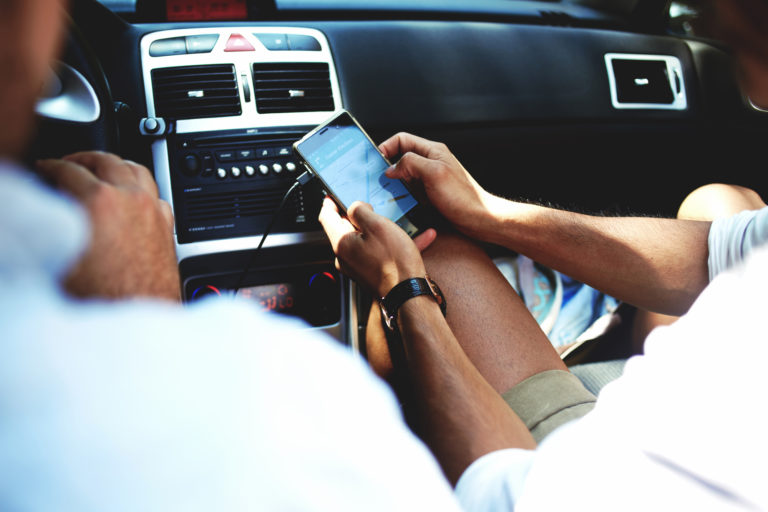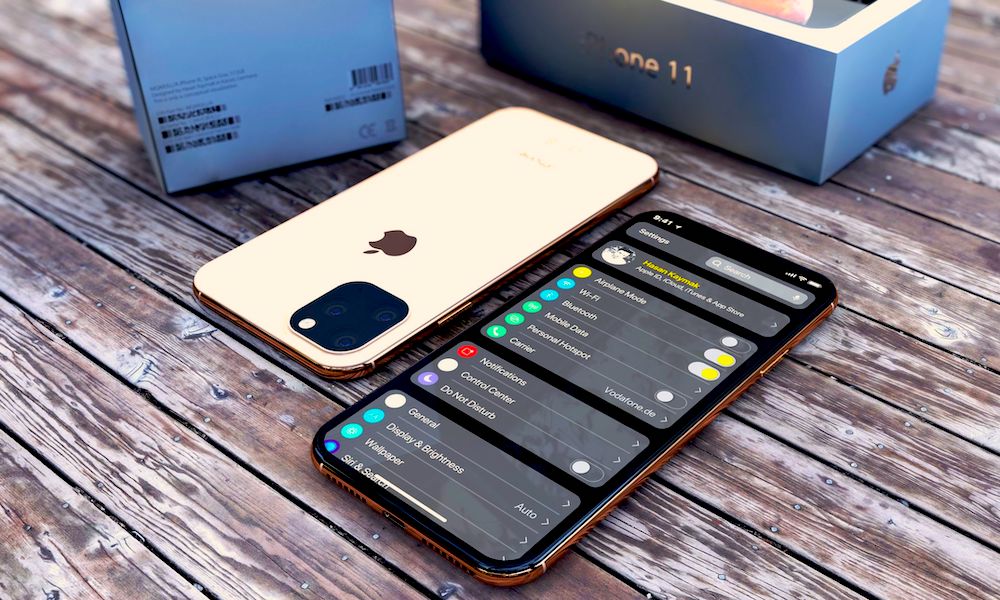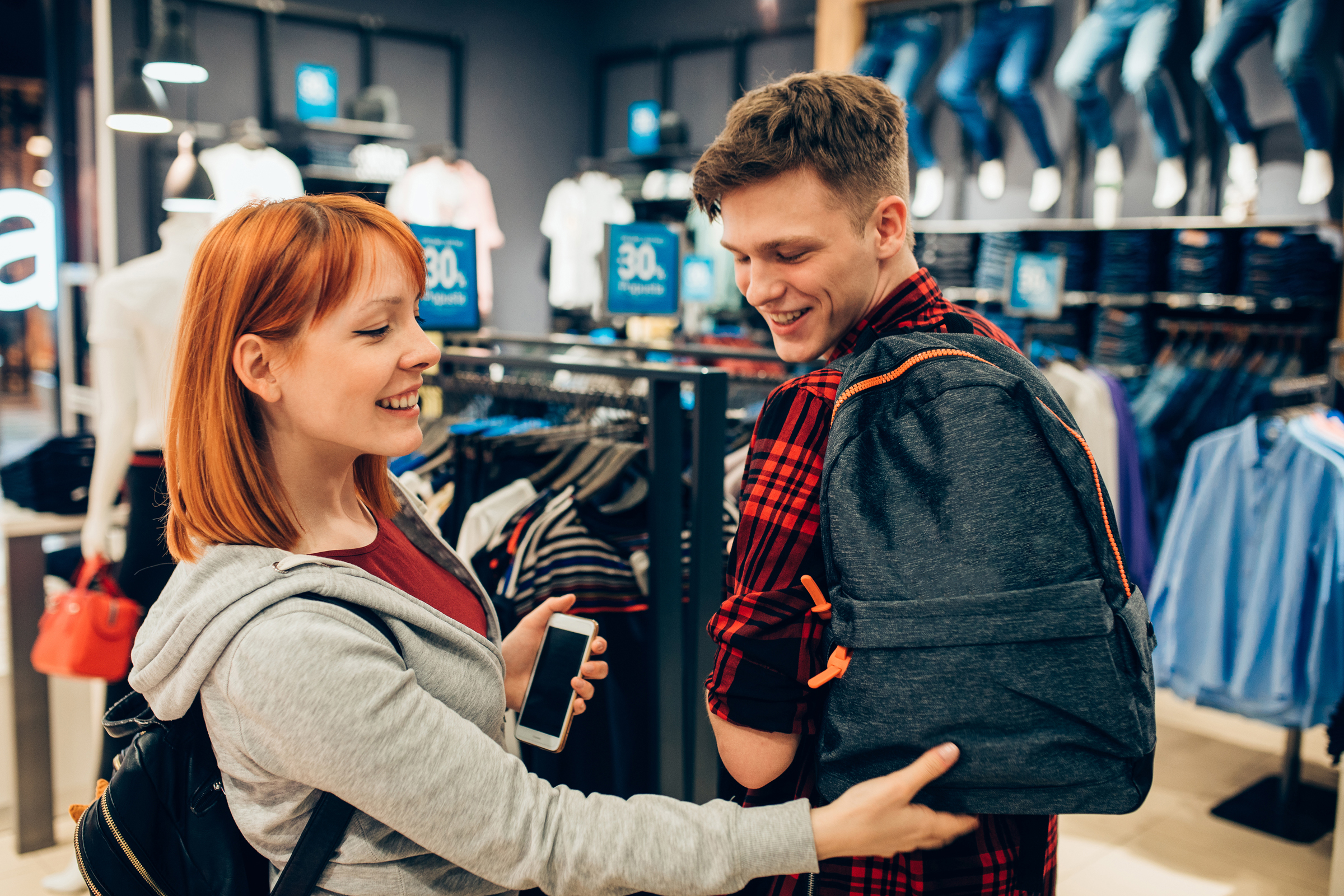Is Geofencing an Effective Mobile Ad Tool?

January 31, 2019 | Article written by Carly Morris
Mobile marketers are no strangers to the constant onslaught of new industry buzzwords thrown their way on a regular basis. One of the latest that’s actually stuck around? Geofencing.
But, does longevity alone make this a trend that you should jump on? Let’s take a look at what exactly geofencing is, why advertisers should consider using it, and whether it’s an effective advertising tool in today’s mobile ecosystem.
So, What Is Geofencing?
“Geofence” is a small word with a complex meaning. Here are the basics:
● Geofencing is a form of location-based marketing.
● A geofence provides the framework to reach an audience based on their location within a specific boundary, but it does not include the actual action of reaching that audience.
● To activate geofence targeting, users must have location settings turned on and opt into real-time notifications from a given advertiser.
Why Use Geofencing?
Geofencing is more focused than standard geo-location advertising because it focuses on a specific, somewhat smaller radius. Working within this radius provides a variety of benefits, including:
● Generating Direct Revenue
With geofencing, you can reach highly-localized audiences in real time, and incentivize them with fleeting deals and opportunities.
● Data on Foot Traffic
If you’re looking to see how many people frequent one of your brick-and-mortar locations, geofencing is an easy way to assess how many people visit at different times of the day. This helps to better inform unique considerations around staffing, store hours, and volume of floor products.
● Get People on the Go
Geofencing also allows you to take advantage of opportunities when you know more traffic will be passing by. Located en route to a concert venue on the night of a big show? That’s a great opportunity to push out a coupon for people to stop in and reap a limited-time discount!
How Effective Is Geofencing?
While the prevalence of online shopping continues to increase, advertisers may wonder how much of their budgets should be going toward ads focused on brick-and-mortar promotions exclusively. But, according to eMarketer, even as much as 48% of mobile-first millennials still shop in-store at least once per week.
Moreover, 71% of advertisers today have some form of location strategy to help drive foot traffic, and another 82% intend to increase their reliance on location data within the next two years.
But, don’t just take our word for it. Here are a few examples of how advertisers are using geofencing to their advantage today:
● Burger King’s Deal to Beat Out McDonald’s
In an effort to take customers away from McDonald’s and into Burger King restaurants, the chain offered 1-cent Whoppers to people located within 600 feet of a McDonald’s. Users could take advantage of the offer by upgrading their Burger King app, which would then direct them away from McDonald’s and to their nearest Burger King. This resulted in over one million app downloads.
● Mizuno Expands Its Reach
Sportswear brand Mizuno USA integrated geofencing features into its mobile app to deliver push notifications to mobile app users who opted in based on proximity to a Mizuno retailer. Promoting exclusive offers, deals, and events was a great way for them to entice key customers that might have otherwise walked right past the store.
● Pond’s Stays Relevant with Informative Pollution Ads
Pond’s turned to geofencing technology to help them reach a key demographic of female commuters within Indonesia. In this campaign, they distributed ads that encouraged mobile users to download the Pond’s app to learn more about how pollution can affect their skin while commuting – and, of course, to suggest one of their cleansers to mitigate the problem. The campaign resulted in an impressive 5% jump in overall sales.
While online shopping continues to grow, brick-and-mortar sales are far from dead.
For brands looking to boost awareness, foot traffic, or purchases for one of their physical outposts, geo-fencing offers a great opportunity to merge the precision benefits of mobile advertising with more traditional in-store sales.


